How to Write a Short Film: Step-by-Step Scriptwriting Process
There is a lot of bad information out there about how to write a short film. These films are usually between 10 and 45 minutes, and that highly depends on where you want to run them. In online streaming platforms or festivals, 5-10 minutes is a good range. However, one common piece of advice you get when you want to write one is to watch movies. That does not work the same way for short films because they have their own format and are written and made for different reasons. Let's explore all about it below.
Create Now!Part 1. What are the Common Myths About Short Films?
Let's clear up a few myths about writing short films.
- Short films are too short to be entertaining. This is false. A short film can still be meaningful and entertaining if it uses fundamental story elements.
- There isn't enough time to build the story. A lot of writers think they have to skip the buildup requirements because of the page limit. That's not true as well. A buildup is always necessary. Even if the story begins mid-action, the viewer needs to know what is happening, who the characters are, and why the action matters. If they do not learn this fast, they will stop caring.
- Great production, dialogue, and a good concept are enough to carry a short film. Again, this is also false. The story is still the core element. A short film without a story becomes boring, no matter how good it looks on the screen.
Part 2. How to Write a Short Film for Beginners?
Beginners, and sometimes even writers, seem to forget everything they know when they write a short film. So, rather than just pointing to a good short film and saying why it works, you are going to find out how to write a short film from scratch. That way, you understand how to do it yourself. Shorter is better. But do keep in mind that it is not a formula. It is an explanation of how and why story elements work.
Let's cover the core points here:
1. Choose a Genre
One of the biggest differences between a professional screenwriter and an amateur is understanding genre. Many tutorials treat every genre the same, giving you a general formula with setup, character depth, and structure. But if you study short films, you'll find every genre is written in its own way.
Genre just means the type of film. There's horror, thriller, drama, romance, comedy, and action. Then there are sub-genres. A war drama is a sub-genre of drama. A sci-fi western is a sub-genre of science fiction. A post-apocalyptic western shows knowledge of both the western and sci-fi genres.

Horror films can also be split into different types. A monster horror is all about physical threat, while a psychological horror builds tension through paranoia. So your script changes depending on the exact type. A monster short doesn't need complex emotional depth. But a mystery horror might.
In the beginning, it's easy to just write what seems like an interesting story, but if you don't know your genre, you can waste time on the wrong things. Fans of slasher horror films don't want to sit through slow tension. After ten minutes with no shocks or gore, they might stop watching. Watching a dozen slasher horror films before writing one gives you a clear idea of what's expected.
You can trace the success of many short films to their strong grip on genre. If you ignore genre, you ignore what your audience expects. That often results in a short that fails to connect.
2. Think About Your Story Idea
Once you've chosen your genre, you can think about your story idea. You may also do this the other way around-you might think of a story idea first and then consider which genre it fits into.
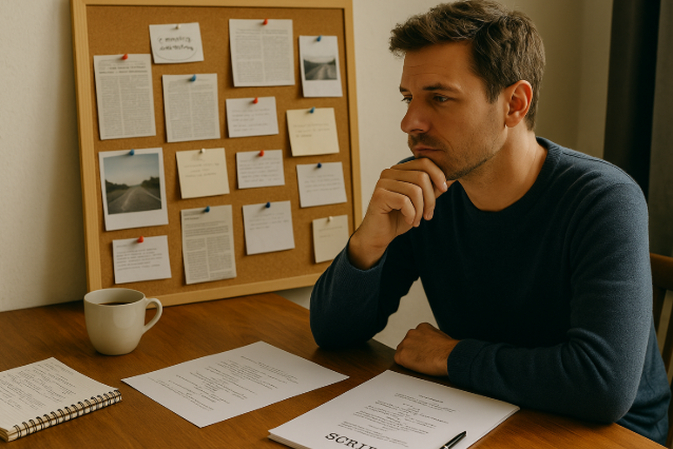
For example, you might have an idea about a strange disappearance during a school camping trip. This could fit into a thriller or a psychological drama, depending on how you choose to tell it.
By combining your story idea with a genre, you define what's required in the screenplay. Some films seem like they mix genres, and that's fine, but the audience needs to know what they're watching.
How do you find ideas for stories? First, understand that everything is a story. What you did today is a story. But the mistake many writers make is thinking an idea has to be incredible or shocking, otherwise it's not worth telling. That thinking leads to fake or forced stories.
With experience, you learn that the best stories are around you-your own life, news articles, or something a friend once said.
The challenge here is to turn those inspirations into a short script.
3. Your Character Is the Story
If you understand one thing, understand that character equals story. The main character, sometimes called the hero or protagonist, not only drives your story but also forms it.
Many guides say character is just one element, but character is everything. By forming the character, you are forming the screenplay. Take a boy who lies to gain attention and wants to be accepted by others-his flaw shapes the events around him. In that case, the story forms around his actions and needs.
But what happens when character doesn't equal story? Let's say you want to write a fantasy story about a magic mirror that shows people different versions of their lives. You start thinking of scenes the mirror could show, then invent a character just to walk through those scenes.

That character could be anyone. So now they feel like a passenger, and the story drives them instead of the other way around.
Now go back and start again. Instead of writing mirror scenes, ask what kind of character would be drawn to that mirror. Maybe someone who regrets every choice they've made. Now that the person drives the story, everything becomes consistent and connected.
4. Structure Drives the Whole Film
Screenplays are structures, and that's what makes them work. The writing style matters less than how the story unfolds. Structure means telling the story as late as possible, with each scene starting as late as it can.
You have your genre, your idea, and your main character. Now you need to think about what happens for the rest of the story. Good structure doesn't just shape a screenplay-it also helps you write one. So break the story into three phases.
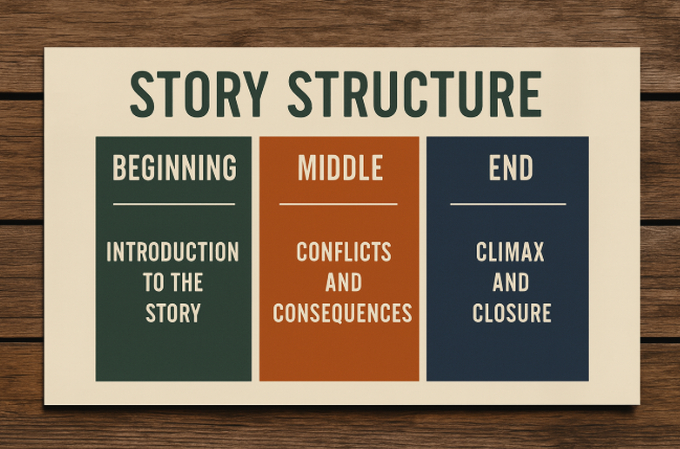
The beginning sets up the story. How you do this depends on the genre. You might take time to show your main character, or get straight to the main event. This part's length depends on your film's total length.
The middle develops and builds the action. It often starts when something unusual changes the character's path. From there, the stakes rise, and consequences follow. This section should grow more intense the further it goes.
Then, there is the end, which is the climax. Everything leads to a final moment that can't be avoided. If you know your genre, you know what that moment should be.
If you know your genre, you know how to shape each phase. You should also decide how long your short film will be before writing. For this purpose, assign a story beat to each page-something that changes. That's what keeps your audience locked in from start to finish.
5. Cause and Effect Beats Make a Real Short Story
There is a concept called episodic structure that lacks twists or turns, and one event just follows another, and the plot feels flat. This is like when you "this" and "that" in your short story. Avoid writing your story like this.
Instead, try to shape each beat with a but or a therefore. For example, a shy student avoids joining a competition, but then sees a poster offering a prize. Therefore, they sign up. But right before the event, their entry form gets lost. Do you see how each beat causes the next?
Those are the twists that build your story. They make your plot feel connected and intentional.
Now compare that to: the student avoids the event, then they eat lunch, then they scroll their phone, then they walk home. Nothing connects, and the story feels random.
Use but and therefore to turn a list of scenes into a chain of events with actual meaning.
6. Supporting Characters Reflect the Main Character
You should understand that the supporting characters are there to revolve around the story of the main character. That doesn't mean they're kind or helpful-it means they highlight parts of the hero. They show contrast, conflict, or similarity that reveals more about the protagonist.

For example, imagine a quiet teenager who wants to escape their hometown. A loud, overconfident best friend could represent what the teen is not-but wants to be. That friend isn't random. They're designed to reflect the main character's struggle and are necessary.
Another thing to remember is that all supporting characters should come from the main character. That's why character defines everything-beats, settings, props, and dialogue.
If you build everything around the main character, you won't get lost during rewrites. Many short-form scripts fall apart because the writer changes things without checking how it affects the core. But if every change connects back to the main one, the structure remains strong. One solid lead holds the rest in place.
7. Resolution Is Everything
How the story of your short film ends depends on genre, but it's also a creative decision. Some shorts finish with a closure. The character changes, learns something, or reaches a goal. That's common in dramas.
Other shorts leave you hanging. For example, a horror film about a haunted elevator might end with the doors closing and the screen cutting to black. Nothing is explained, and that final moment stays with the viewer. That kind of ending doesn't answer questions-it creates them.
Even killing the main character gives more closure than an ending that just stops and leaves the outcome unknown. So you need to decide what tone your story calls for.

If it's a romance, it may end on one final chance to connect. If it's a thriller, it might end with a last-second escape or failure. And if it's horror, maybe it ends mid-scream.
The ending decides what your audience remembers.
That being said, you must know the duration of the short film you want to make and then write it accordingly. The shorter, the better for online streaming platforms.
Part 3. Create Short Videos from Your Written Film Content with HitPaw AI Video Generator
After writing your short story, you want to go straight to production. Well, this can be an issue if you go all in without planning. But now, there is a way. HitPaw AI Video Generator can show you how your written words are perceived in an AI-generated video, so that you know what you want your audience to actually visualize in the video.
The tool helps you do that with its Text to Video feature, and you also have the options to adjust the video quality, its duration, and the aspect ratio for a specific display. The whole process of AI video generation is super fast and easy to do. Here's how:
Step 1.First, open a browser, then go to the HitPaw Online AI Video Generator site, and click Text to Video at the top.

Step 2.Then, copy your short movie script and paste it into the Prompts box within 2000 characters to make a 5-second or an 8-second film.

Step 3.Now, adjust the video settings for resolution, duration, and aspect ratio, click Generate, and download your short film.

Part 4. FAQs of How to Write a Short Story
Q1. How do you structure a short film?
A1. The structure of a short film is the beginning, middle, and resolution of the story. You should start by introducing the main character and the problem. The middle should bring conflict or pressure, and the end should resolve it by showing how the character responds or changes.
Q2. How many pages is a 30 minute short film?
A2. A 30-minute short film usually requires a script that's around 30 pages long. One page equals roughly a minute of screen time. You should aim for a 15-page draft first, then adjust as needed based on pacing, dialogue, and how the scenes play out visually.
Conclusion on How to Write a Short Story
In this detailed guide, you've learned the basic concepts of how to write a short film as a beginner. Remember these 7 steps and apply them one by one to create something compelling for your viewers. Your first try may not be the best, but you will eventually get there!


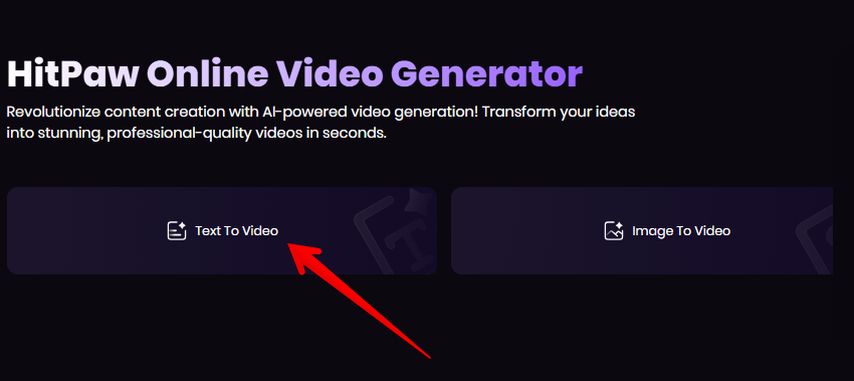
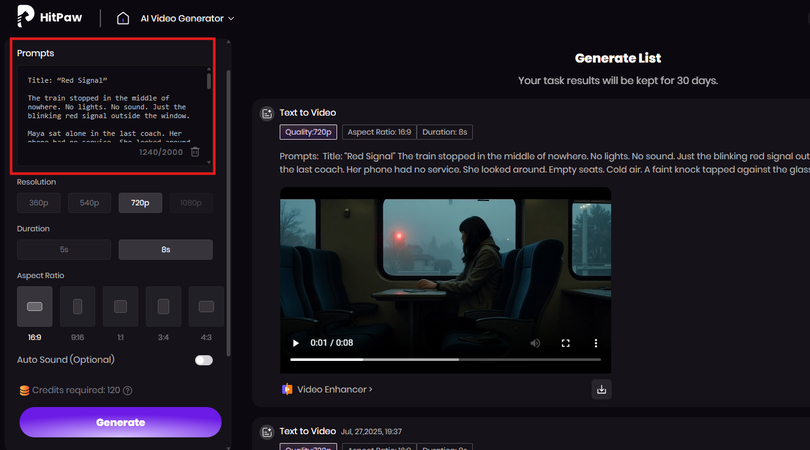
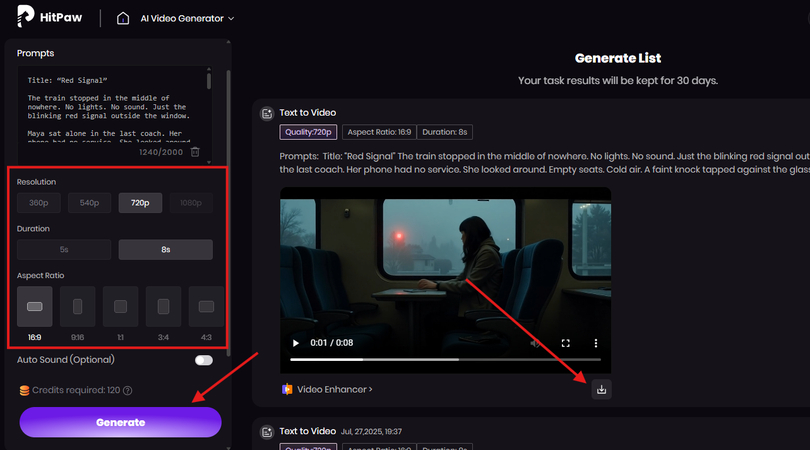






Home > Learn > How to Write a Short Film: Step-by-Step Scriptwriting Process
Select the product rating:
Natalie Carter
Editor-in-Chief
My goal is to make technology feel less intimidating and more empowering. I believe digital creativity should be accessible to everyone, and I'm passionate about turning complex tools into clear, actionable guidance.
View all ArticlesLeave a Comment
Create your review for HitPaw articles